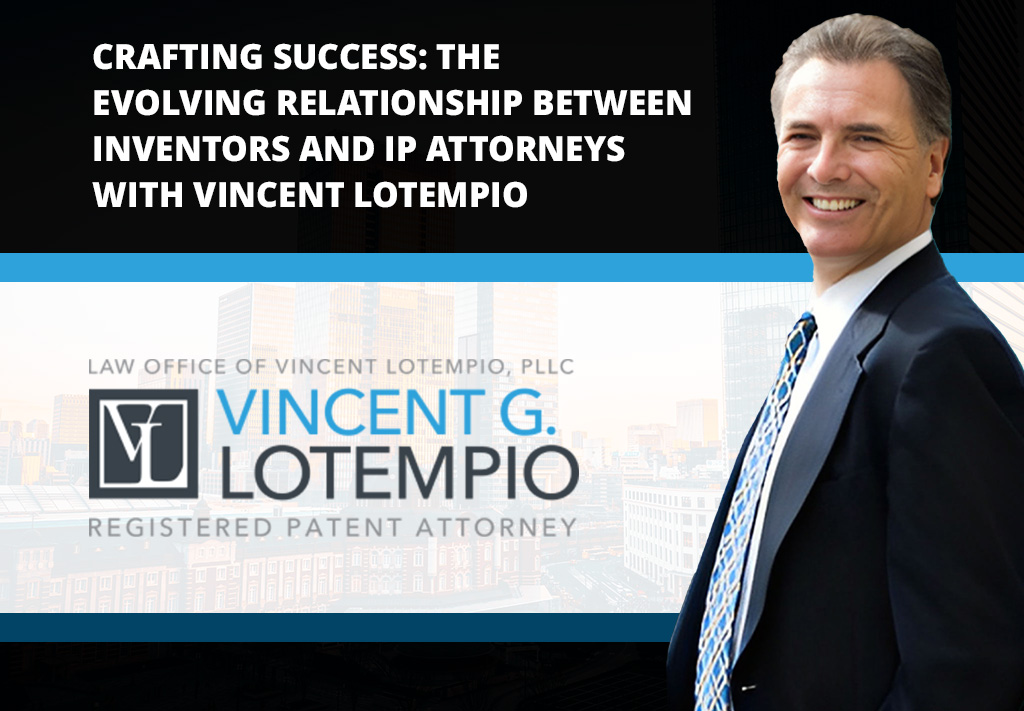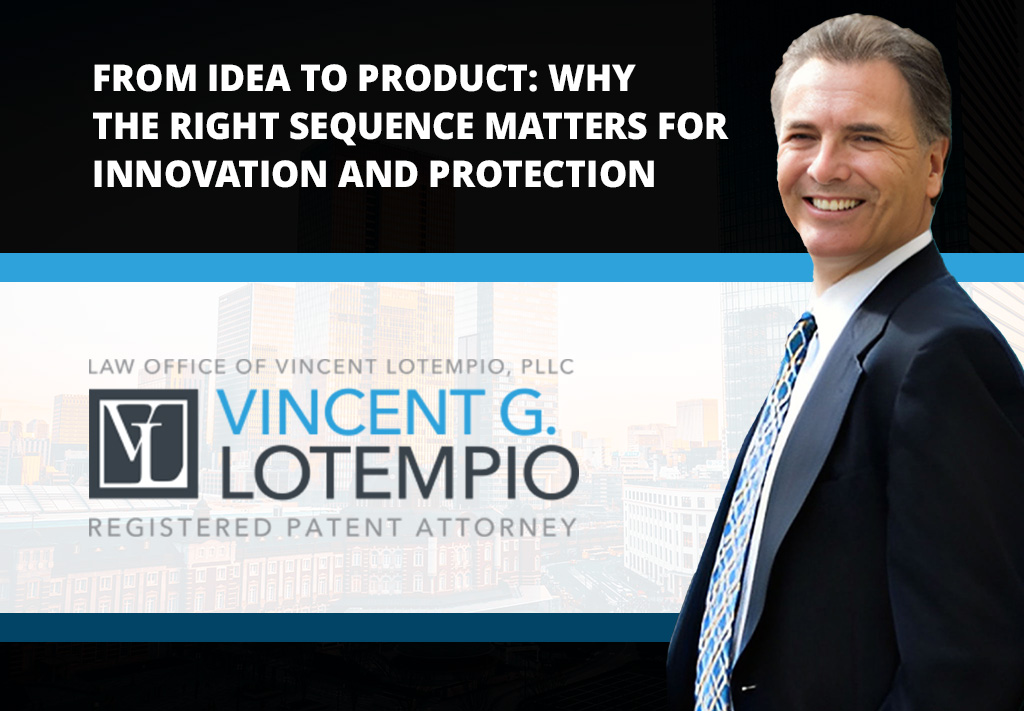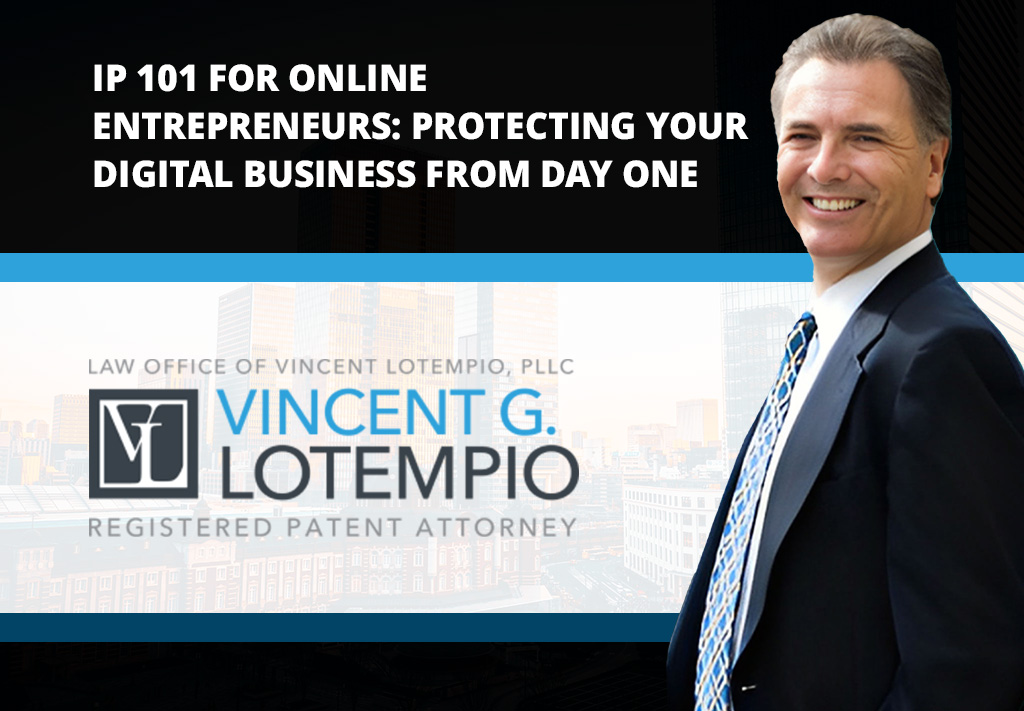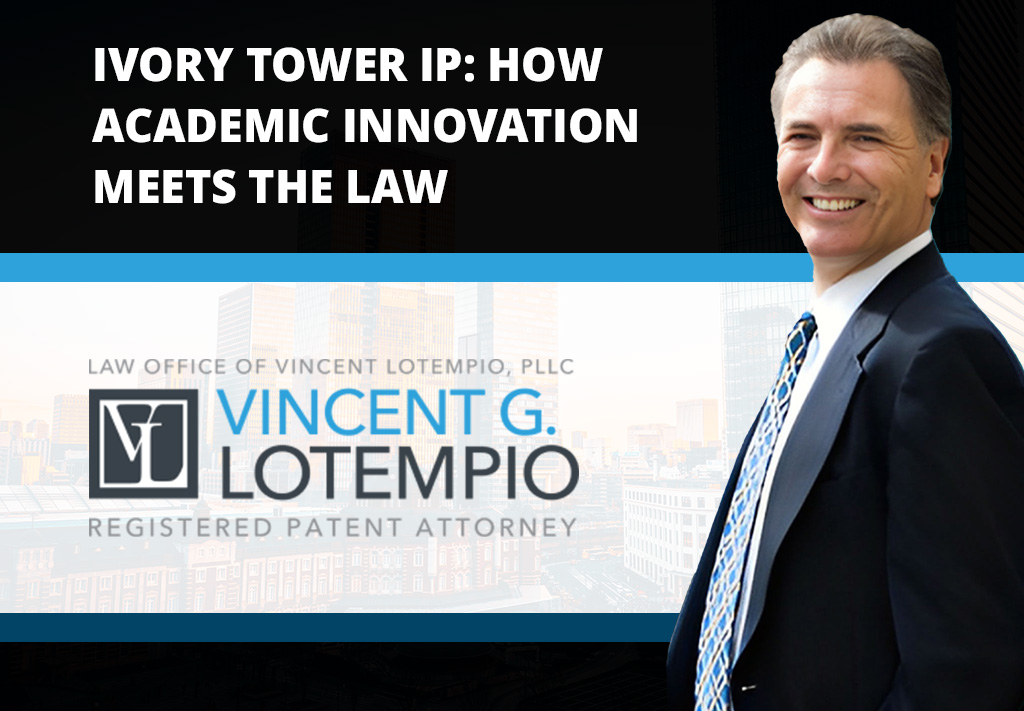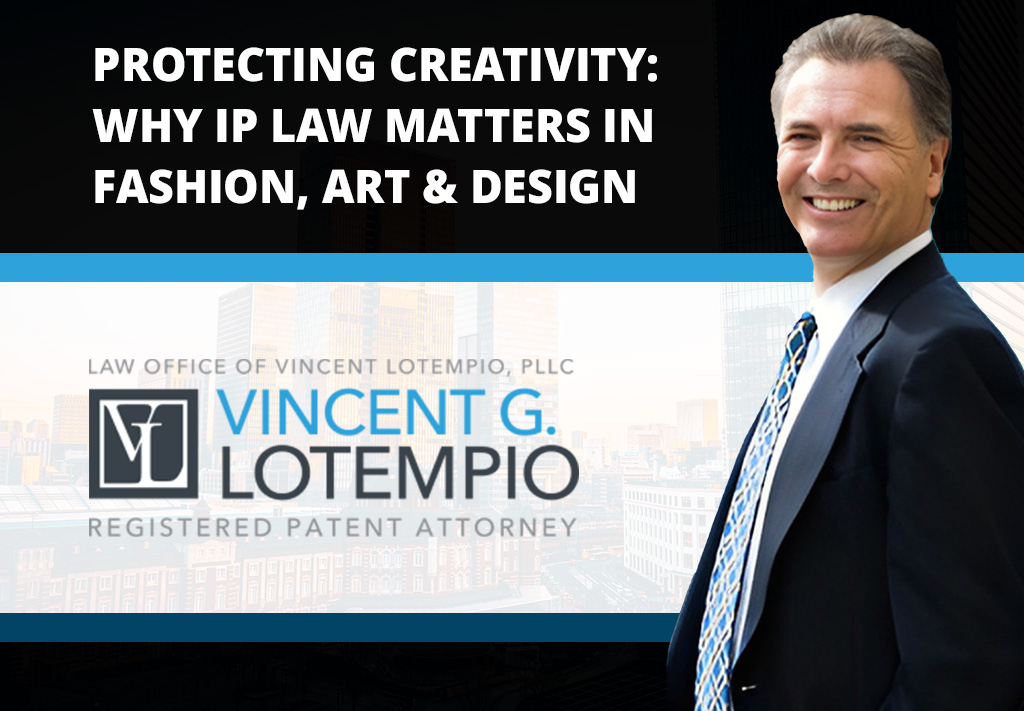During a career of nearly 40 years as a patent examiner, a patent agent and a teacher of patent law, I’ve been asked countless questions about patents and inventions. Now that I’m semi-retired, I find I’m still getting questions about patents and inventions – from friends, neighbors, acquaintances, and people I meet socially.
It happened again yesterday while I was talking with my neighbor, Jim, over the back fence. Jim is manager of our local bicycle store and as we often did, we chatted pleasantly about bicycles and bike trips. Then he suddenly interrupted the flow of our conversation and blurted out what was really on his mind: he had an invention! He wanted to know if he could get a patent.
This time, with the communication revolution brought on by the advent of internet, social networks, websites, and blogs, I thought: why not share my answers with others, many of whom may have the same questions.
So here I am on a blog directed to information on patents and inventions. Here’s the way our conversation went:
“Art, I’ve got this great idea for a solar-powered bicycle. Can I get a patent on that?”
I explained to him that, according to the patent laws (35 U.S.C. 101), patentable inventions must fall within one of the following categories:
- a machine,
- a process,
- a manufactured article,
- a composition of matter,
- or an improvement of something within one these categories.
Furthermore, it must possess three essential qualities. It must be new, that is, not known before you invented it, and it must be, in some way, useful. Finally, it must not be considered to be obvious to someone familiar with the area of technology of the invention; in this instance, bicycles.
The acceptable categories of invention don’t present a problem. Your solar-powered bicycle should qualify as a machine. Now let’s consider whether it has the three essential qualities, that is, is it new, useful and non-obvious? The utility requirement should not be a problem. It doesn’t have to be the most useful bicycle on the road. It simply has to function so that someone could use it for its intended purpose.
However, the other two essential qualities may require a more careful consideration. First of all, you’re invention must be new. His immediate reaction was indignation.
He said “of course it’s new. I read all the magazines and trade journals on bicycles and there has been no mention of solar powered bicycles, I explained what the word new meant in the field of patents and inventions.
“It means that it must not have been known or used by anyone else in the United States or described in a publication anywhere in the world before you invented it. Furthermore, it must not have been in public use or on sale in the United States more than one year before you file a patent application.”
Then I explained that the last essential quality that a patentable invention must have is that it must not be considered to have been obvious to a person familiar with the field of the invention. This is the requirement that most often leads to a rejection from the Patent Office. Obviousness is subjective. What’s obvious to a Patent Examiner may not be obvious to you or me. And an obviousness rejection will typically lead to a response from the applicant submitting arguments to convince the Examiner that the rejection is in error.
I explained that this took place during the “patent pending” period when the application is being examined and the Examiner.
Jim asked “How long does the patent pending period last, and what else happens during that time?”
I told him “There’s a lot more to the patenting process than what I’ve told you today, but I have to cut this conversation short today because I’m going out to dinner in a few minutes and I have to go in the house and get ready. Let’s get together soon, maybe over a couple of beers and I’ll answer your questions and give more information on the patenting process.”
(And I’ll post it on the blog too.”)


